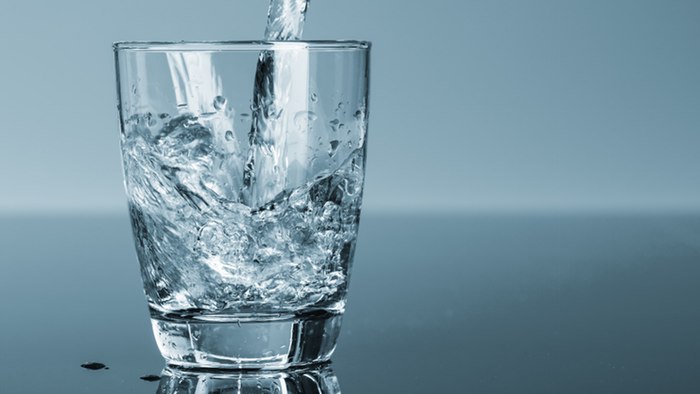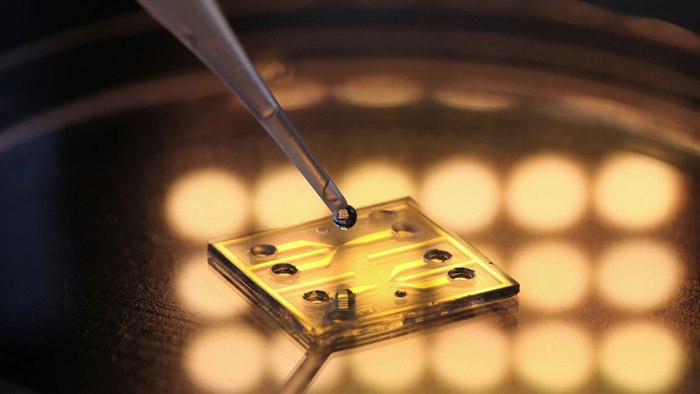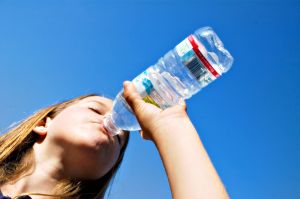Products like the Grayl filtration cup and ÖKO Odyssey six-in-one bottle make treating water quite simple and intuitive. The Oasis water treatment system looks to add even more ease and versatility by bringing your filter of choice to your drinking vessel of choice – it filters out harmful bacteria and viruses or just bad taste from inside a water bottle, hydration pack and more.
 There are hundreds of water filters designed for all sorts of activities,” says Renovo Water president Daniel Beck. “From hiking and backpacking, to hunting and survival, around town, in the home, or during an emergency, the one thing common amongst all these filters is they do primarily one thing, and that’s it. You likely have a wide scope of interests and activities, and you don’t do just one thing. So why do most water filters just do one thing?” Read more
There are hundreds of water filters designed for all sorts of activities,” says Renovo Water president Daniel Beck. “From hiking and backpacking, to hunting and survival, around town, in the home, or during an emergency, the one thing common amongst all these filters is they do primarily one thing, and that’s it. You likely have a wide scope of interests and activities, and you don’t do just one thing. So why do most water filters just do one thing?” Read more





